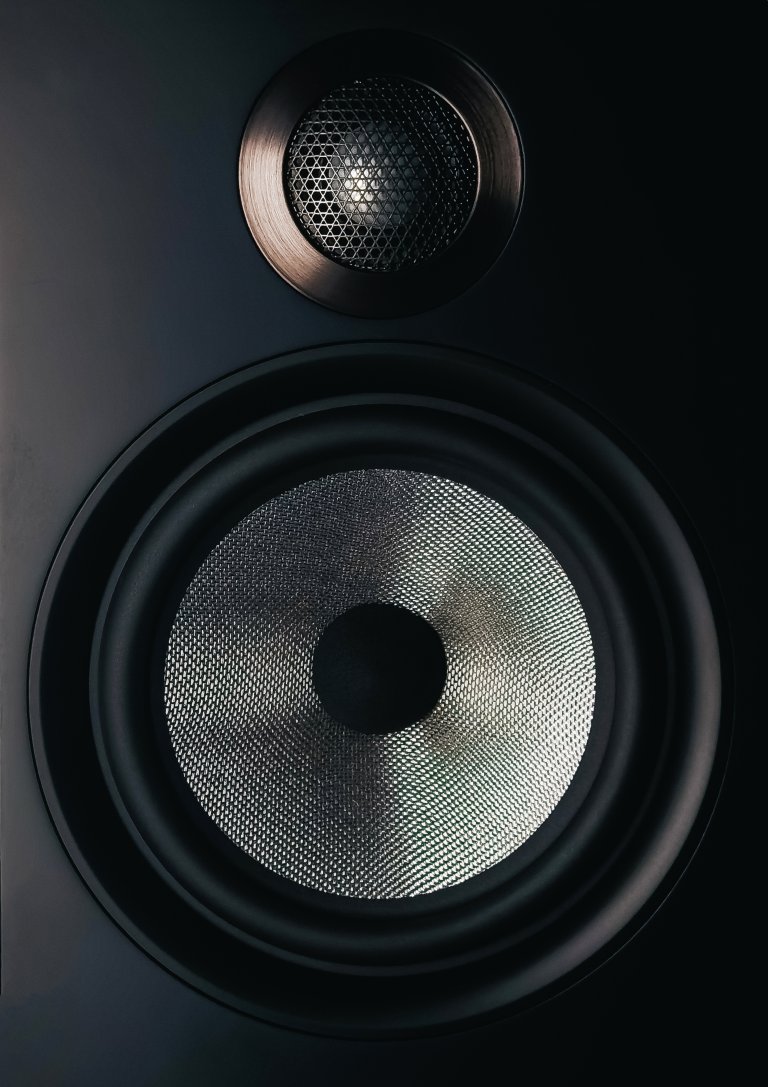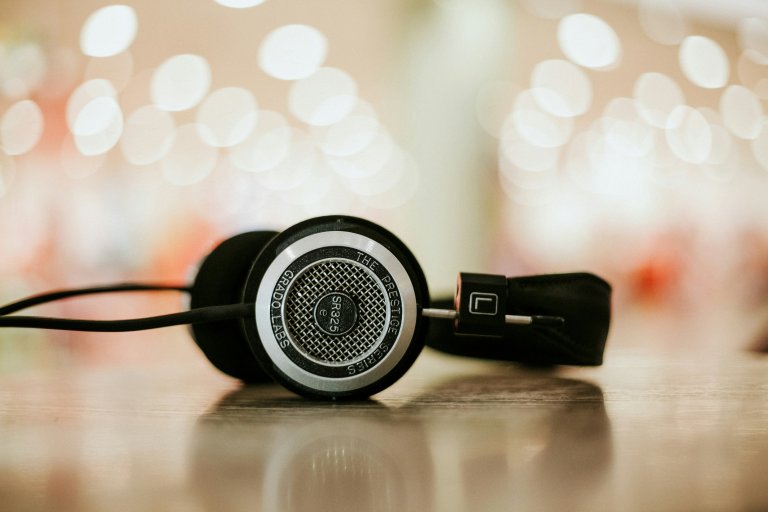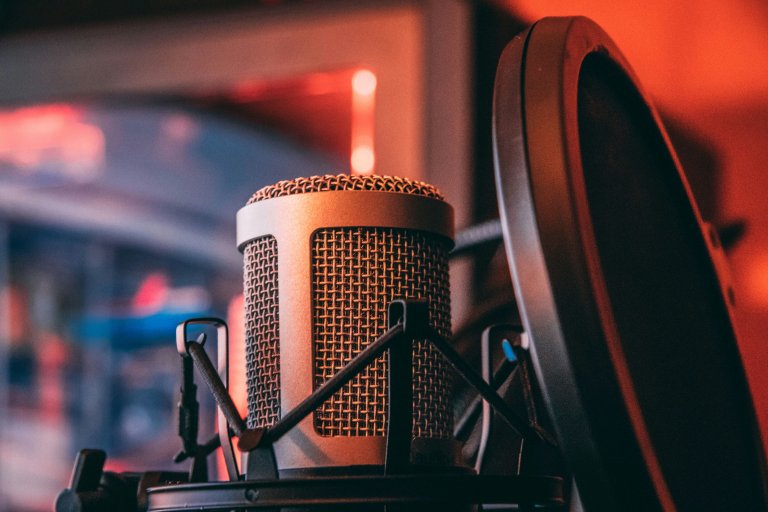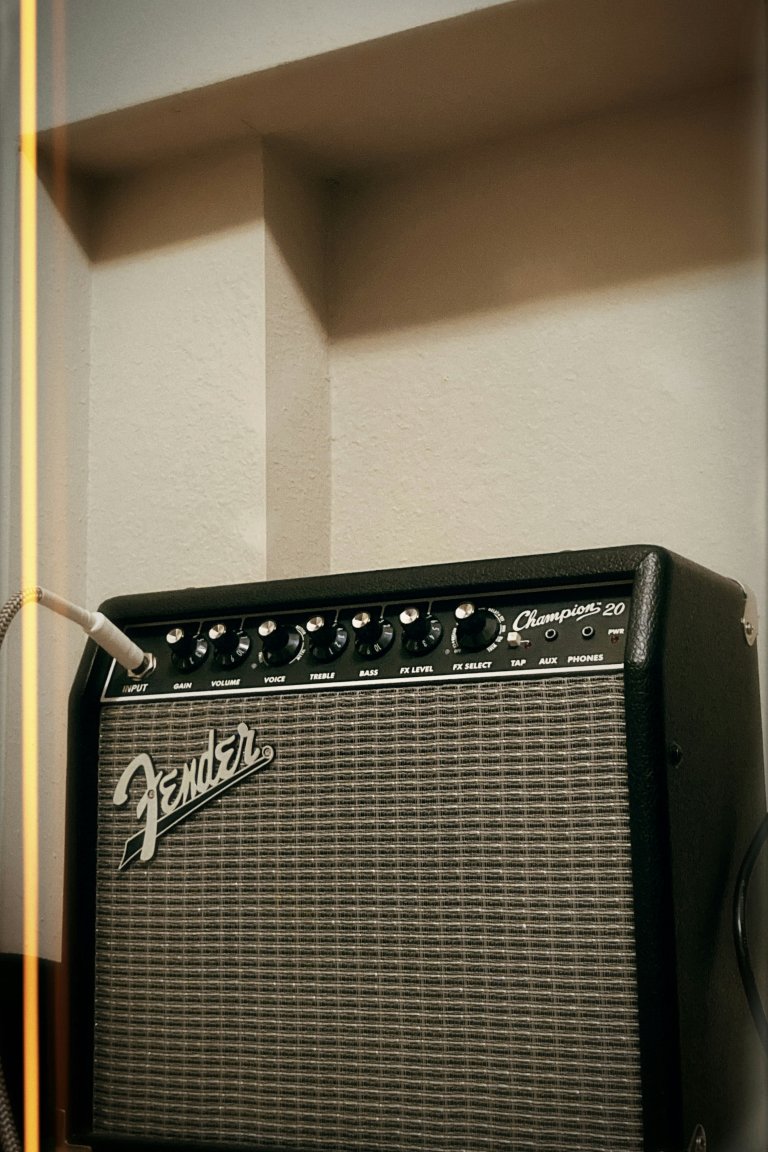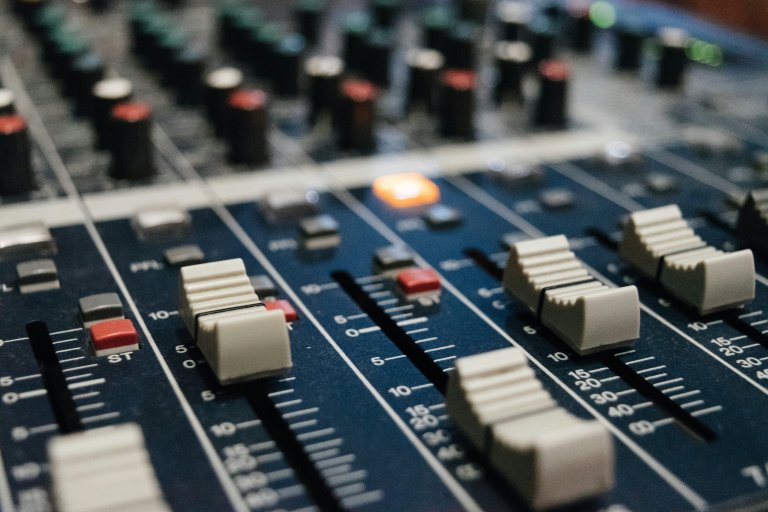Bose In-Wall Speakers: A Review of the Bose Virtually Invisible 191 Speakers
Introduction
Bose is a well-known name in the world of audio systems, and for good reason. The company has consistently delivered high-quality, innovative products that have revolutionized the way we experience sound. One such product is the Bose Virtually Invisible 191 in-wall speakers. These speakers are designed to seamlessly blend into your home decor while providing an immersive sound experience. In this review, we will take a closer look at the features and performance of these state-of-the-art speakers.
Design and Features
The Bose Virtually Invisible 191 speakers are designed to be installed in walls, making them virtually invisible. The 191s come with rectangular grilles that can be painted to match your wall color, making them blend in seamlessly. They also feature an ultra-slim bezel that gives them a sleek and modern look. The grilles can be easily attached and removed for painting or cleaning. The speakers also come with detachable speaker cables and a self-adhesive template to make installation easier.
One of the key features of the Virtually Invisible 191 speakers is their Articulated Array design. This means that the speakers are designed with strategically positioned drivers that deliver a wide, consistent sound coverage throughout the room. They also have two 2.5-inch full-range drivers that provide clear and balanced sound. The speakers are also magnetically shielded, which means they can be placed next to a TV or other electronic devices without any interference.
Another handy feature of these speakers is their Stereo Everywhere technology. This technology is designed to create a more natural and spacious sound experience by evenly distributing the sound throughout the room. This means that no matter where you are in the room, you will hear the same high-quality sound.
The Bose Virtually Invisible 191 speakers also come with an automatic protection circuit. This circuit is designed to prevent the speakers from being damaged due to excessive power or volume. This ensures that your speakers will have a longer lifespan and continue to provide you with high-quality sound for years to come.
Performance
The performance of the Virtually Invisible 191 speakers is where they truly shine. The combination of their Articulated Array design, Stereo Everywhere technology, and high-quality drivers delivers a clear, balanced, and immersive sound experience. The sound is crisp and detailed, with a wide soundstage that makes you feel like you’re in the center of the action.
The speakers are also capable of handling a wide range of music genres with ease. From delicate classical pieces to heavy bass-driven hip hop, the Virtually Invisible 191 speakers deliver an impressive sound performance that will satisfy even the most discerning audiophile.
Another notable aspect of the performance of these speakers is their ability to deliver consistent sound coverage throughout the room. This is particularly useful for larger spaces where traditional speakers may not be able to provide a balanced sound experience. The Stereo Everywhere technology ensures that no matter where you are in the room, you will hear the same high-quality sound.
Conclusion
The Bose Virtually Invisible 191 in-wall speakers are an excellent addition to any home audio system. Their sleek and modern design, coupled with their high-quality sound performance, makes them a must-have for music and movie lovers alike. With features like Articulated Array design, Stereo Everywhere technology, and automatic protection circuit, these speakers are a testament to Bose’s commitment to delivering innovative and superior products. If you are looking for top-of-the-line in-wall speakers that provide exceptional sound quality, the Bose Virtually Invisible 191 speakers are definitely worth considering.
Whether you are watching your favorite movie, listening to your favorite music, or hosting a party, the Bose Virtually Invisible 191 speakers will provide you with an immersive sound experience that will elevate your audio game. So, if you want to enhance your home entertainment, consider adding these state-of-the-art speakers to your audio setup.
Sources:
- https://www.bose.com/en_us/products/speakers/stereo_speakers/virtually-invisible-191-in-wall-speakers.html
- https://www.techhive.com/article/3233145/boses-virtually-invisible-191-speakers-are-duty-bound-to-blow-your-mind.html
- https://www.crutchfield.com/S-TZ4xjqTFhgl/learn/bose-virtually-invisible-191-stereo-speaker-system-review.html
